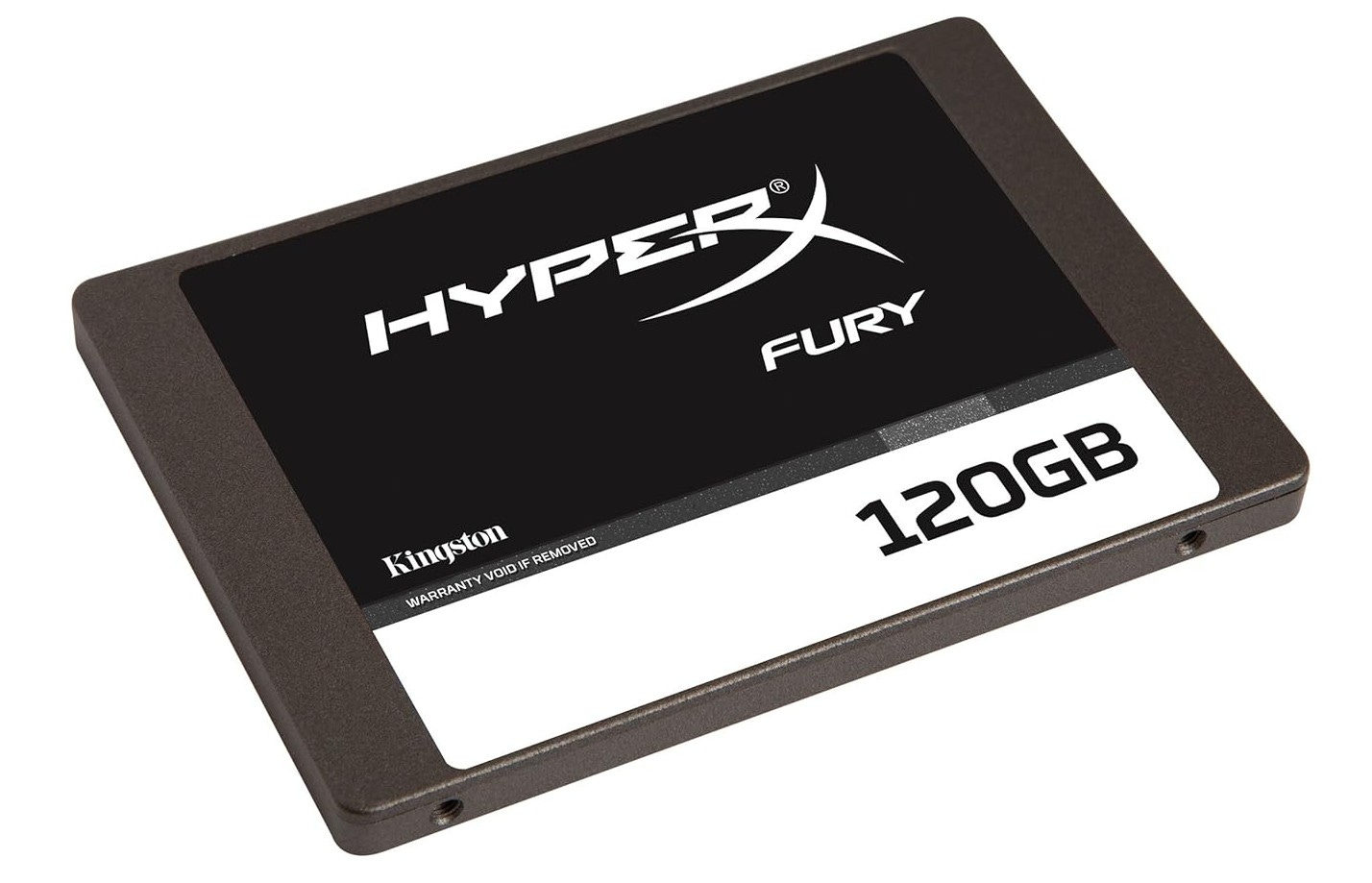How to Use Old SSD
If you've recently upgraded your PC and are still have an older SSD, don't discard it. Such a drive can still serve you. I’ve got a bunch of practical use cases for your old SSD.
1. Use an SSD as a Cache for Browsers, Downloads, Pagefile
Modern browsers write a lot of data every day, which can wear out your main SSD. You can reduce wear on your main drive and lower its operating temperature by redirecting browser cache and download folder.
Another option for use is the OS pagefile to an older SATA SSD. This is especially helpful if your main drive is an M.2 SSD without a heatsink.
2. Convert the SSD into a Portable External Drive
Older SSDs can be repurposed as fast and reliable external storage devices. By placing the SSD into a USB 3.0 external enclosure, you can create a portable drive that's faster and more durable than traditional external HDDs.
This setup is ideal for transferring large files quickly or even running a portable operating.
3. Install a Secondary Operating System on the SSD
Having a second operating system, such as a different version of Windows or a Linux distribution, on a separate SSD makes your PC more flexible. It allows you to boot into an alternative environment if your primary OS encounters issues like malware infections or system crashes.
Using a special SSD for this purpose keeps the second operating system separate from the first one. This makes a safe space for fixing problems or trying new things.
4. Additional Drive for Backups & Storage
Heard of 3-2-1 backup approach? This SSD can still serve you as one more backup in many roles:
cloud storage (Google Cloud, Dropbox, etc)
a part of NAS
media server storage (Plex, Jellyfin servers)
5. Kids’ computer upgrade
Last but not least, don’t forget about your kids or kids of your close ones. Breathe new life into an older family computer by replacing its hard drive.
As for the YouTube videos, I suggest watching this episode from Kingston. It's quite nice and well-made.
If you're looking to clone an older SSD to a new one, there's no better option than the free MultiDrive utility. Check out their Free Disk Cloning guide.
Finally, remember to keep track of your SSD’s health using tools that collect S.M.A.R.T. data: CrystalDiskInfo, smartctl, and HDSentinel.
Hope you find all the recommendations helpful. Enjoy your tech upgrades—and don’t let anything go to waste!
Sincerely,
Vitaliy

